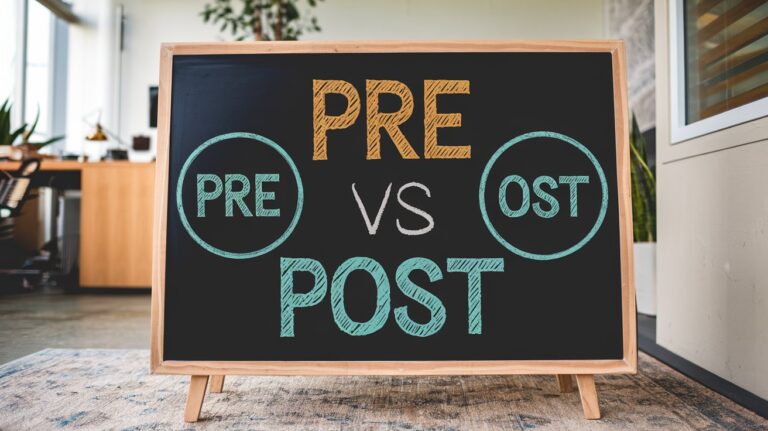Mastering PSLE Math: How the Right Tuition Can Boost Your Child’s Confidence and Scores
When it comes to primary school education in Singapore, few milestones are as significant as the Primary School Leaving Examination (PSLE). Among the core subjects tested, Mathematics often emerges as one of the most challenging. For many parents and students, PSLE Math tuition has become a valuable support system that not only reinforces classroom learning…










